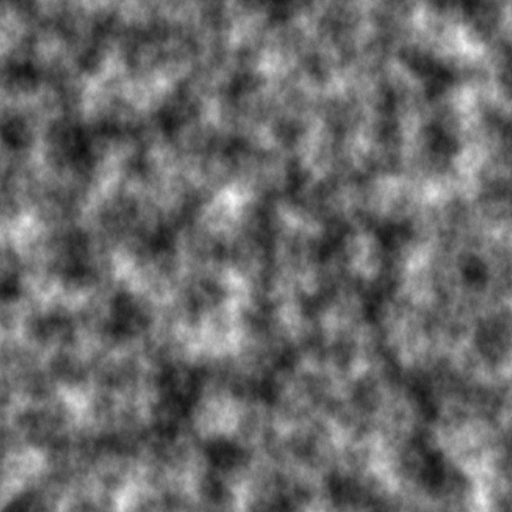Researching moving wave patterns based on Perlin noise generation
Used Grasshopper for Rhino3D as a development sandbox
Added controls for simulated ship to allow interaction with the waves based on mass, length, beam and displacement
Initiated script to send renderings to grasshopper for continuous renderings
While Grasshopper for Rhino is a valuable tool, it is limited by the lack of ability to communicate with Render Development Kit (puzzlingly, written by the same company). Since the animation systems in Rhino cannot have moving materials or materials that change texture, I set about creating realistic ocean waves in Grasshopper.
Using a script to send the data to Flamingo for rendering and then updating the geometry and repeating the process proved to be a productive workflow.
One key breakthrough was the use of the Perlin noise block to create the pseudo random waves themselves. The other major technological hurdle was the use of meshes and meshing instead of Non-Uniform Rational B-spline Surfaces as there is clearly some disconnect about render meshes in Flamingo.


